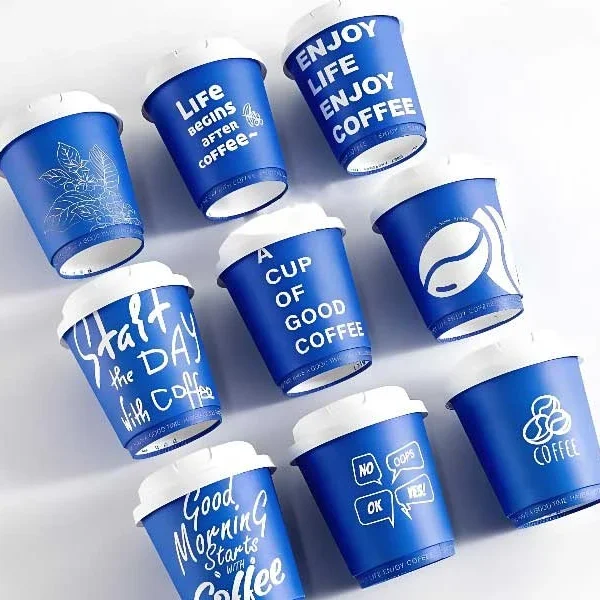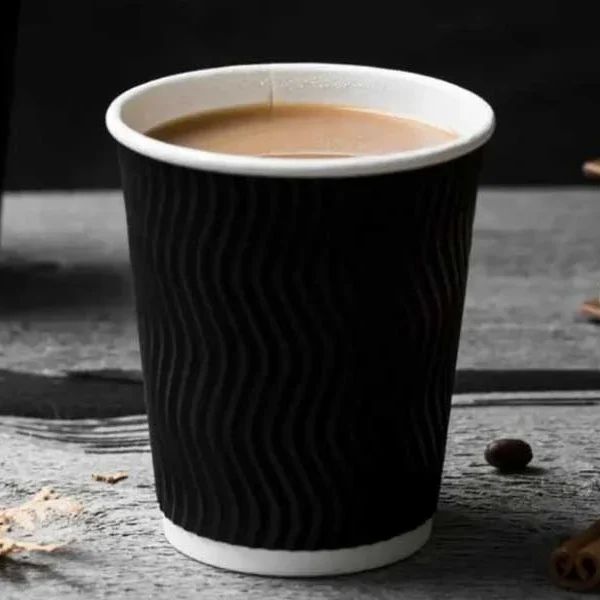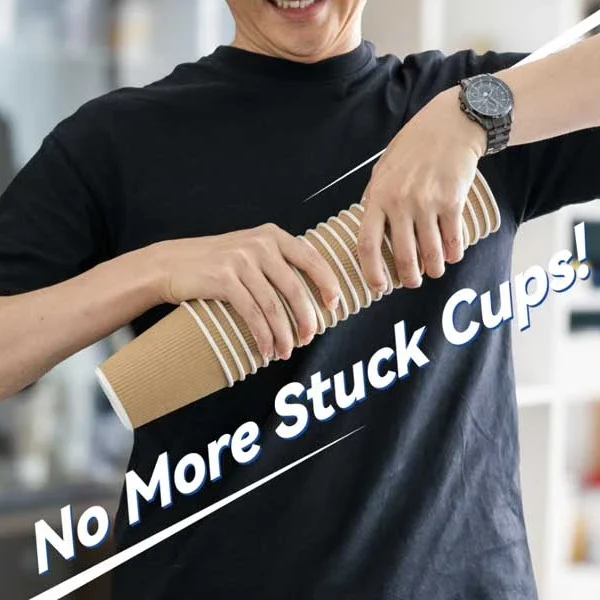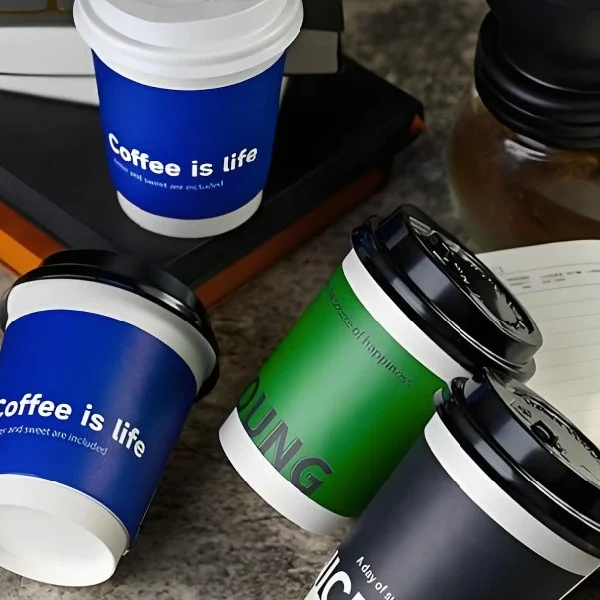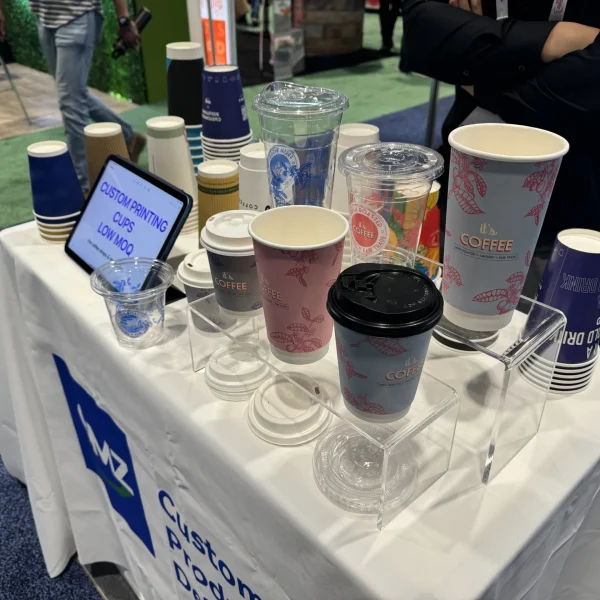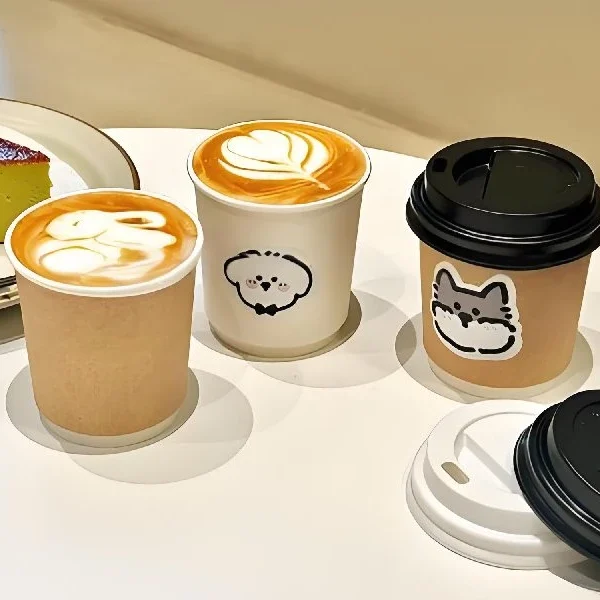Takeout boxes are essential for restaurants and food services, providing a convenient way to package meals for customers on the go. Understanding the different sizes of takeout boxes is crucial for ensuring that food is stored properly, presented well, and meets customer needs. This article explores the most common takeout box sizes, their uses, and the materials they are made from, helping food service businesses make informed choices.
Key Takeaways
- Takeout box sizes are measured in ounces (oz) and milliliters (ml), with common sizes ranging from small to large.
- Small boxes (1-4 oz) are great for side dishes and desserts, while medium boxes (16-32 oz) are ideal for entrees and salads.
- Large boxes (66-202 oz) are perfect for full meals and family-style servings.
- Materials like paper and plastic are popular for takeout boxes, with eco-friendly options gaining traction.
- Choosing the right takeout box size can enhance food presentation and improve customer satisfaction.
Understanding Takeout Box Sizes

Takeout boxes come in various sizes, and understanding these sizes is crucial for food service businesses. Choosing the right size can enhance customer satisfaction and reduce waste. Here’s a breakdown of why box size matters, the materials used, and how it impacts food presentation.
Common Materials Used
Takeout boxes are made from different materials, each with its own benefits:
- Plastic: Durable and often used for hot foods.
- Paper: Eco-friendly and customizable, making it a popular choice.
- Foam: Insulating properties keep food warm but are less environmentally friendly.

| Size (oz) | Size (ml) | Ideal Use |
|---|---|---|
| 8 | 236 | Sides and desserts |
| 16 | 473 | Individual portions |
| 32 | 946 | Family meals or shared dishes |
Understanding the different sizes and materials of takeout boxes can help businesses make informed choices that benefit both their customers and the environment.
Small Takeout Boxes

Ideal Uses for Small Boxes
Small takeout boxes are perfect for a variety of food items. Here are some common uses:
- Single servings of entrees like rice or noodles.
- Side dishes such as salads or appetizers.
- Desserts like cakes or pastries.
Typical Dimensions in oz and ml
Small takeout boxes usually range in size from 1 oz to 16 oz. Here’s a quick look at some common sizes:
| Size (oz) | Size (ml) | Dimensions (inches) |
|---|---|---|
| 4 oz | 120 ml | 4 x 3 x 2 |
| 8 oz | 240 ml | 5 x 4 x 2.5 |
| 16 oz | 473 ml | 6 x 4.5 x 3 |
Popular Food Items for Small Boxes
When it comes to small takeout boxes, some popular food items include:
- Sushi rolls
- Dumplings
- Small salads
- Snacks like popcorn or nuts
Small takeout boxes are not just practical; they also help in reducing food waste by providing the right portion sizes.
Medium Takeout Boxes

When to Use Medium Boxes
Medium takeout boxes are perfect for meals that are too large for small boxes but not quite big enough for large ones. They are ideal for:
- Family meals: Great for sharing with loved ones.
- Leftovers: Perfect for packing up extra food from a restaurant.
- Catering events: Suitable for serving multiple portions at parties.
Standard Measurements in oz and ml
Here’s a quick look at the common sizes for medium takeout boxes:
| Size | Volume (oz) | Volume (ml) | Dimensions (L x W x H) |
|---|---|---|---|
| Medium Box | 24 oz | 710 ml | 6″ x 6″ x 3″ |
| Medium Box | 32 oz | 946 ml | 8″ x 8″ x 4″ |
| Medium Box | 48 oz | 1419 ml | 9″ x 9″ x 5″ |
Best Foods for Medium Boxes
These boxes are versatile and can hold a variety of foods, including:
- Pasta dishes: Perfect for spaghetti or lasagna.
- Salads: Great for larger portions of fresh greens.
- Entrees: Ideal for main dishes like chicken or beef.
Medium takeout boxes are a great choice for food service businesses looking to balance portion sizes and customer satisfaction. They provide enough space for a satisfying meal without overwhelming the customer.
Remember, when selecting your takeout packaging, consider the materials used. For instance, premium disposable containers are often made from eco-friendly materials, ensuring that your food stays fresh while being kind to the environment.
Large Takeout Boxes

When it comes to takeout, large boxes are essential for serving bigger meals. They are perfect for family dinners or gatherings where sharing is key. Here’s what you need to know about them:
Common Sizes in oz and ml
| Size | Volume (oz) | Volume (ml) |
|---|---|---|
| Large Box 1 | 32 oz | 946 ml |
| Large Box 2 | 40 oz | 1183 ml |
| Large Box 3 | 64 oz | 1893 ml |
Foods That Fit Well in Large Boxes
- Pasta Dishes: Perfect for spaghetti or lasagna.
- Salads: Great for large garden or pasta salads.
- Family Meals: Ideal for serving multiple portions of fried rice or curry.
Large takeout boxes are a must-have for any restaurant that wants to cater to families or groups. They not only hold more food but also help in keeping everything organized and fresh.
Choosing the Right Takeout Box
When it comes to takeout, the right box can make a big difference. Choosing the right takeout box is essential for keeping food fresh and appealing. Here are some key factors to consider:

Factors to Consider
- Food Type: Different foods require different types of containers. For example, soups need leak-proof boxes, while salads can be in ventilated ones.
- Size: Make sure the box is the right size for the portion. Too big can lead to waste, while too small can cause spills.
- Material: Consider eco-friendly options if your customers value sustainability. Materials like bagasse or recyclable plastics are great choices.
Balancing Cost and Quality
- Budget: Always keep your budget in mind. Sometimes, spending a little more on quality can save money in the long run by reducing food waste.
- Durability: Choose boxes that can withstand heat and moisture. This ensures that the food arrives in good condition.
- Supplier Reliability: It’s important to choose the right takeout packaging supplier to elevate your restaurant brand! Look for suppliers who prioritize sustainability and quality.
Customer Preferences
- Convenience: Customers appreciate easy-to-open boxes that are also microwave-safe.
- Presentation: A well-presented meal can enhance the dining experience, so opt for boxes that showcase the food nicely.
- Feedback: Regularly ask for customer feedback on your takeout packaging to make improvements.
Trends in Takeout Packaging

Sustainable Packaging Trends
In recent years, there has been a growing demand for eco-friendly packaging options. Many restaurants are now opting for materials that are biodegradable or recyclable. Here are some popular sustainable materials:
- Bamboo: Fast-growing and compostable.
- Sugarcane (Bagasse): Reduces landfill waste and is biodegradable.
- Recycled Paper: Helps mitigate deforestation and can be reused.
Innovations in Design
Takeout packaging is evolving with innovative designs that enhance functionality and presentation. Some trends include:
- Leak-proof containers: Prevent spills and keep food fresh.
- Customizable options: Allow businesses to showcase their brand.
- Microwavable materials: Offer convenience for customers reheating their meals.
Consumer Demand for Convenience
Today’s consumers are looking for convenience in their takeout experience. This has led to:
- Single-serve packaging: Ideal for portion control and easy handling.
- Easy-to-open designs: Enhance user experience and satisfaction.
- Clear containers: Allow customers to see their food, making it more appealing.
Takeout packaging is changing fast! More restaurants are choosing eco-friendly options that are good for the planet. If you want to learn more about the latest trends in takeout packaging, visit our website for great products and ideas. Let’s make a difference together!

Wrapping It Up
In conclusion, understanding the different sizes of takeout boxes is key for any food service business. Whether you choose pint or quart containers, each size serves a unique purpose. Pint boxes are great for single servings, while quart boxes are perfect for sharing meals with family or friends. By picking the right containers, restaurants can make their customers happy and help the environment at the same time.
Frequently Asked Questions
Takeout boxes come in various sizes. Common sizes include: 1 oz (30 ml), 4 oz (120 ml), 16 oz (473 ml), 32 oz (946 ml), and larger sizes like 66 oz (1950 ml) and 112 oz (3300 ml). Each size is suitable for different types of meals.
The size of a takeout box is important because it affects how much food can be served. A good size helps reduce food waste and ensures customers get the right portions.
Takeout boxes are often made from materials like paper, plastic, or sugarcane. Paper boxes are more eco-friendly, while plastic boxes are sturdy and leak-proof.
To choose the right size, consider the type of food you are serving. For example, smaller boxes are great for sides or desserts, while larger boxes are better for full meals.
Yes, there are eco-friendly options available, such as paper boxes and those made from sugarcane. These materials are better for the environment and can be composted.
Trends in takeout packaging include a focus on sustainability, innovative designs, and increasing consumer demand for convenience. Many businesses are looking for ways to reduce waste and improve the customer experience.

